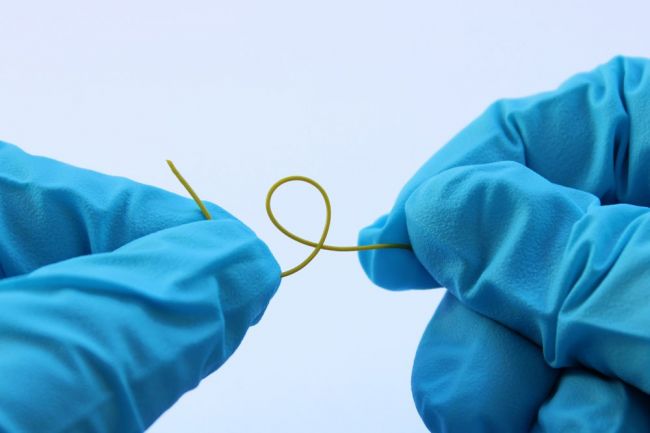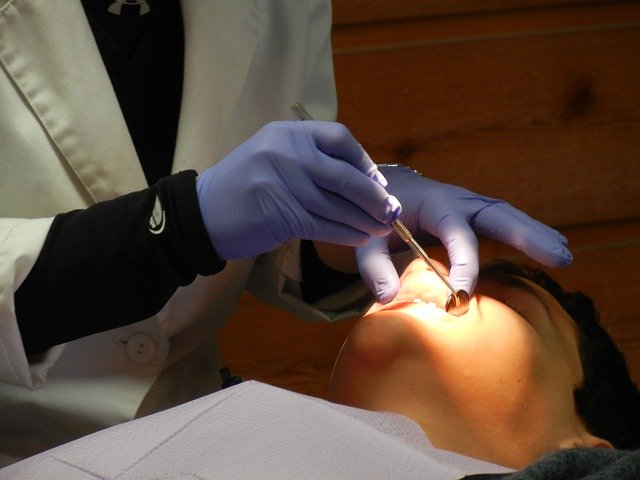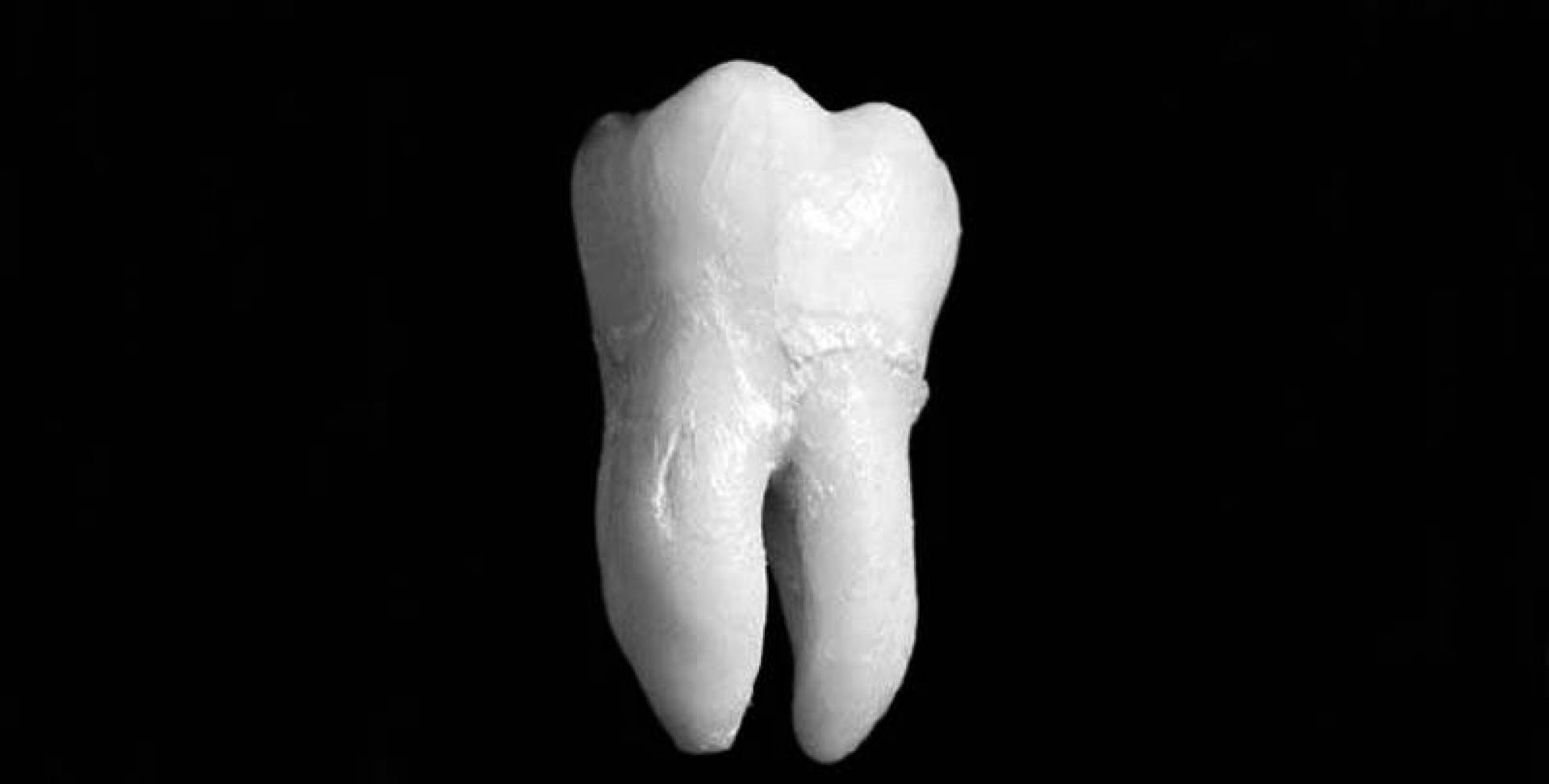Researchers at the German University of Halle have developed a new product that contributes to the delivery of topical antibiotics, which makes them work effectively in the recovery process after treating gingivitis.
Where researchers from the Institute of Pharmacology at Martin Luther University – University of Halle-Wittenberg in Germany combined the known active substances – tetracycline antibiotics with other substances in order to improve the delivery of antibiotic drugs to the site of inflammation in particular.
Antibiotics that are applied topically to dental sinuses after treating gingivitis offer only short-term protection against infections, “Due to saliva flow, many medications do not stay in the oral cavity long enough to release their effects in a targeted manner,” says Dr. Mead.
“A dose of antibiotics in tablet form overburdens the whole organism,” said Andreas Kissoff, who led the project at the Fraunhofer Institute in Halle. “It would be better if the antibiotic did not work all over the body, but only in the oral cavity.”
But how do you get the active ingredient that targets the inflamed areas of the mouth? To achieve this, the researchers used flexible rods made of biodegradable polymers, which encapsulate a complex of active ingredients and can simply be pushed into periodontal pockets.
They combined broad-spectrum minocycline with magnesium and calcium stearate to form a compound that resulted in a more stable contact and slower instantaneous flow, the researchers said.
The experiments also showed that the polymer rods were able to release the antibiotics in doses over 42 days.
According to the publication, the researchers tested different formulations to achieve the right balance between strength, flexibility and durability for the bars, and a patent has already been filed based on clinical studies that the creators said confirm the effectiveness of the treatment.
The researchers also believe that the rods loaded with antibiotics could be ready for the market within a few years, and if these rods come into practice, people with periodontal disease could in the future have a better treatment method, according to the team’s hope.

















Comments